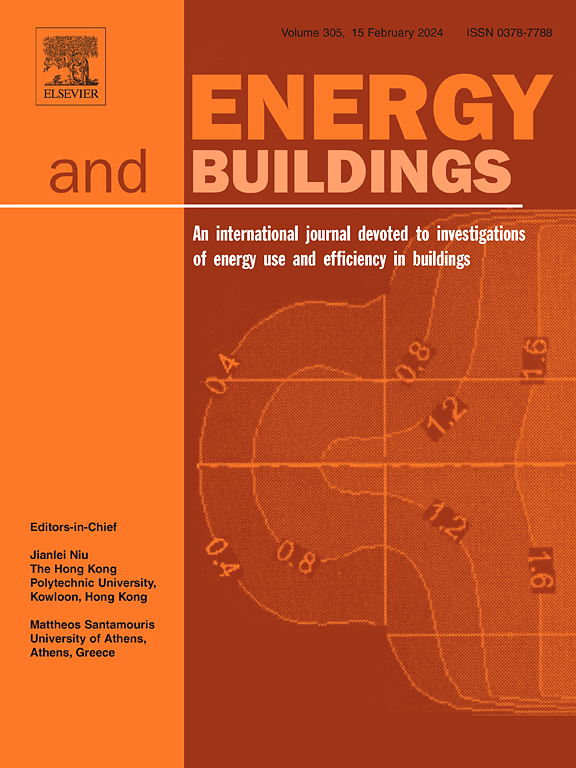Establishing a local energy planning and evaluation system prototype to support decarbonized community development
IF 6.6
2区 工程技术
Q1 CONSTRUCTION & BUILDING TECHNOLOGY
引用次数: 0
Abstract
The introduction and spread of local energy systems by local governments and other local entities have been attracting attention; however, considering measures tailored to local conditions faces various challenges, and the development of versatile methods has become an important issue. This study aims to develop a prototype of a local energy planning and evaluation system based on detailed energy management simulations, considering regional conditions as a scientific tool. This system can perform simulations that combine electricity and heat demand patterns, renewable energy sources (solar and wind power), district heating and cooling using cogeneration systems, storage batteries and electric vehicles (EVs) used to adjust the supply and demand balance, and hydrogen production, and can consider the optimal system for each region. The developed prototype is designed for scalability across various regions and features an intuitive interface, ensuring ease of use for local government policymakers and energy company employees. Using this system, we evaluated the local energy business development in Shinchi, Fukushima Prefecture, Japan, as a case study. Specifically, we focused on the introduction of a local energy supply through cogeneration and quantified the CO2 reduction effect obtained by expanding the supply area, increasing the supply of renewable energy, and introducing various energy management technologies to optimize the supply–demand balance.
求助全文
约1分钟内获得全文
求助全文
来源期刊

Energy and Buildings
工程技术-工程:土木
CiteScore
12.70
自引率
11.90%
发文量
863
审稿时长
38 days
期刊介绍:
An international journal devoted to investigations of energy use and efficiency in buildings
Energy and Buildings is an international journal publishing articles with explicit links to energy use in buildings. The aim is to present new research results, and new proven practice aimed at reducing the energy needs of a building and improving indoor environment quality.
 求助内容:
求助内容: 应助结果提醒方式:
应助结果提醒方式:


